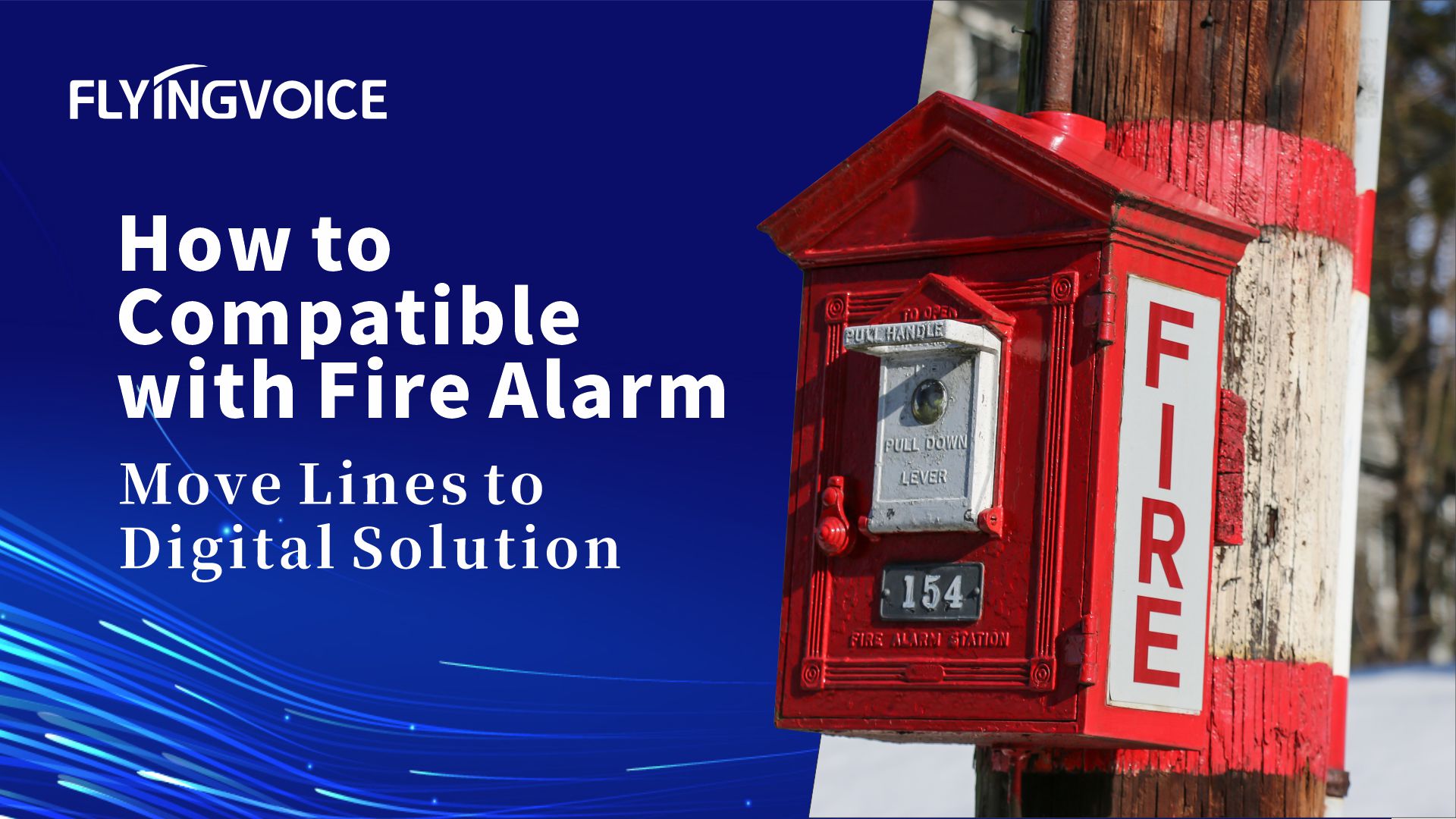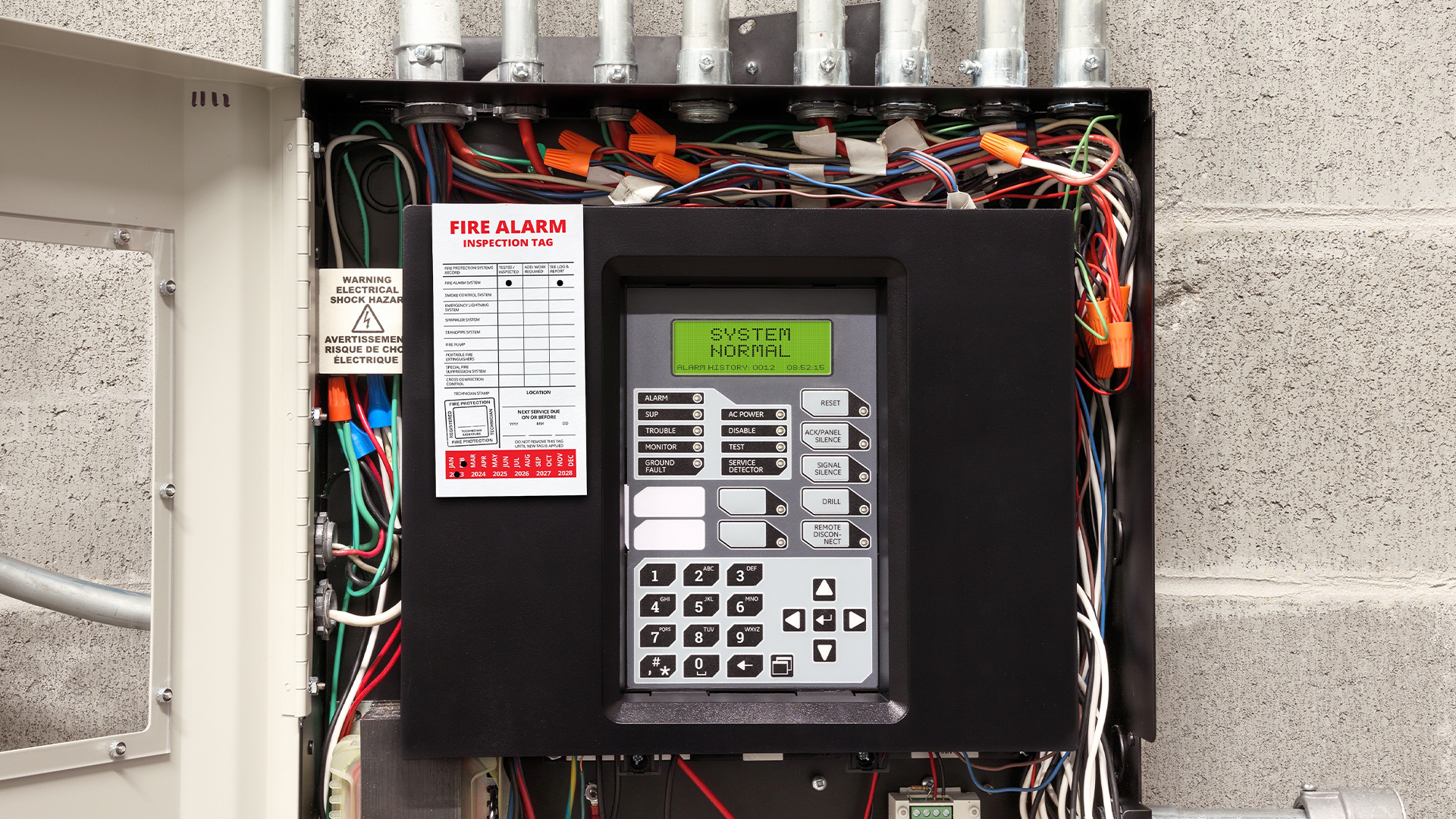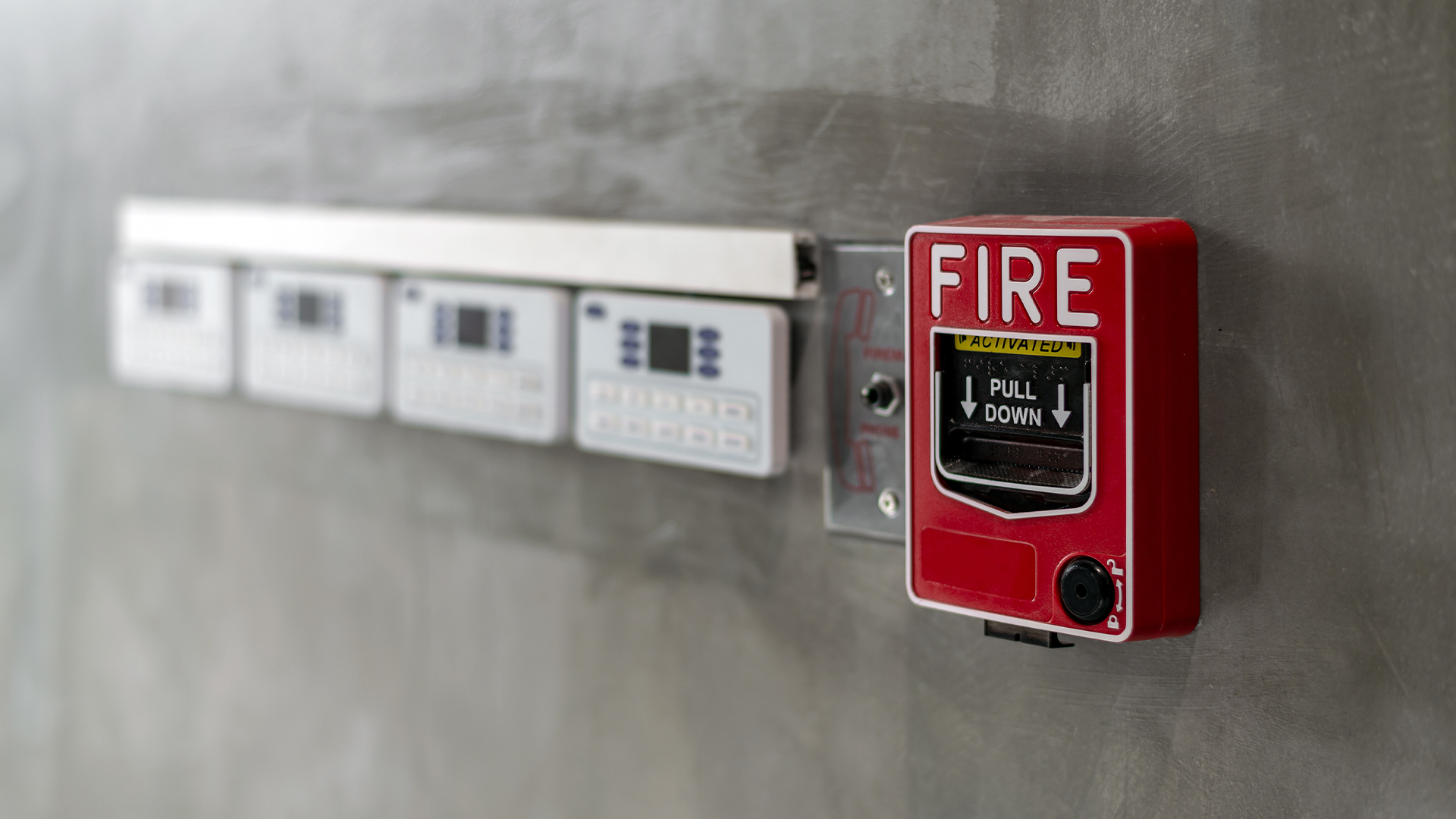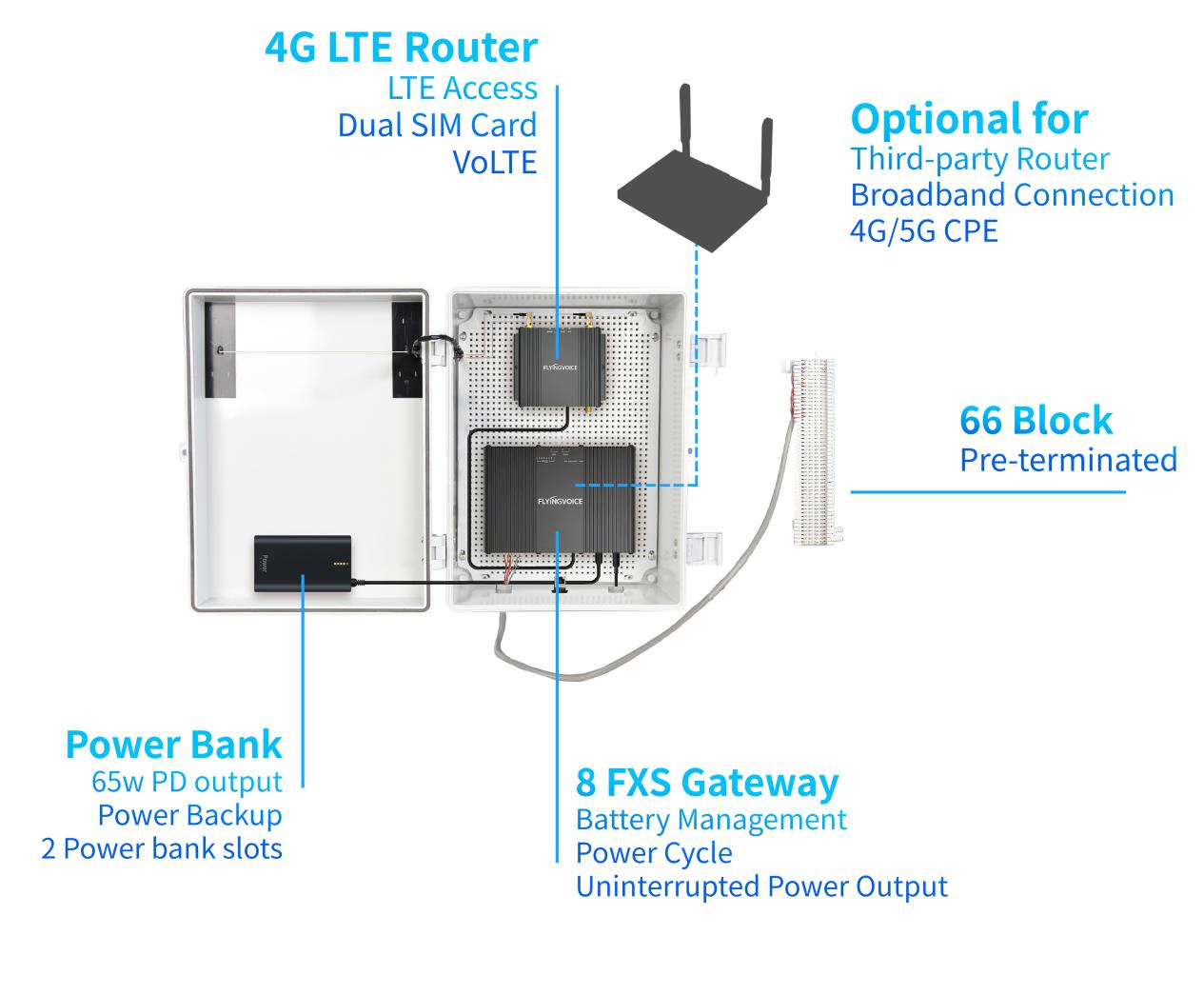
POTS lines have been the primary means of communication for fire alarm systems for decades. But the demand for new POTS lines was reduced, the decision to sunset the technology was made. In 2019, the Federal Communications Commission’s (FCC) POTS Lines Forbearance Order 19-72A1 has marked the end-of-life for traditional analog POTS line systems. While most commercial companies have switched to VoIP or wireless for their voice telephony, many still depend on POTS lines for their fire alarm system.
For many years, Ademco Contact ID protocol is the most popular protocol that enables the alarm systems to communicate with the central stations. When an alarm was tripped, the alarm panel would capture the phone line and send the alarm signals to the central stations.
As technology has changed, these copper lines are falling out and alternate solution will be VoIP.
However, full scare replace on original terminals to digital terminals will cost large budget and bring more risk to interrupt your business. It is wisdom to do nothing on fire alarm panel and just upgrade the communication lines. Take action to replace “old copper line” by wireless “line” is the simple movement and avoid troubles.

Why VoIP could not work directly with fire alarm systems?
Most commercial fire alarm panels have two POTS lines connected to them. Each panel has a central station transmitter that uses POTS lines to send an alarm signal to central stations when an alarm was tripped.
Unfortunately, when the POTS lines are replaced with VoIP, alarm signals can become unrecognizable to the central stations. Because VoIP converts analog signals into digital signals, how VoIP compresses and uncompresses signals can dramatically affect the attempted messaging. The monitoring stations almost always stops receiving signals from the fire alarm panel. This is actually a common problem we must face.
Another concern is power redundancy. When you lose electrical power any device without battery redundancy will be useless. Regular fire alarm system will have its own dedicated battery redundancy, but standard VoIP system systems don’t. Absolutely we need to combine with battery redundancy into our solution.

Now Flyingvoice provide one-stop solution for POTS replacement in fire alarm system.
Firstly, we provide POTS box which include industrial LTE router for internet access, power bank for battery redundancy and ATA gateway to handle the original alarm signal properly.
Paired with our cloud service to enhance the alarm communication, the delivery quality is guaranteed. The total solution will be compliance with NFPA 72 Code (National Fire Alarm and Signaling Code).
Provision lines and configs to ATA gateway, no specified change required on alarm panel, just wire the copper line from RJ31x jack to ATA gateway phone jacks then alarm system will run as usually.

More details please refer to https://flyingvoice.com/contact.html













 Back to list
Back to list









